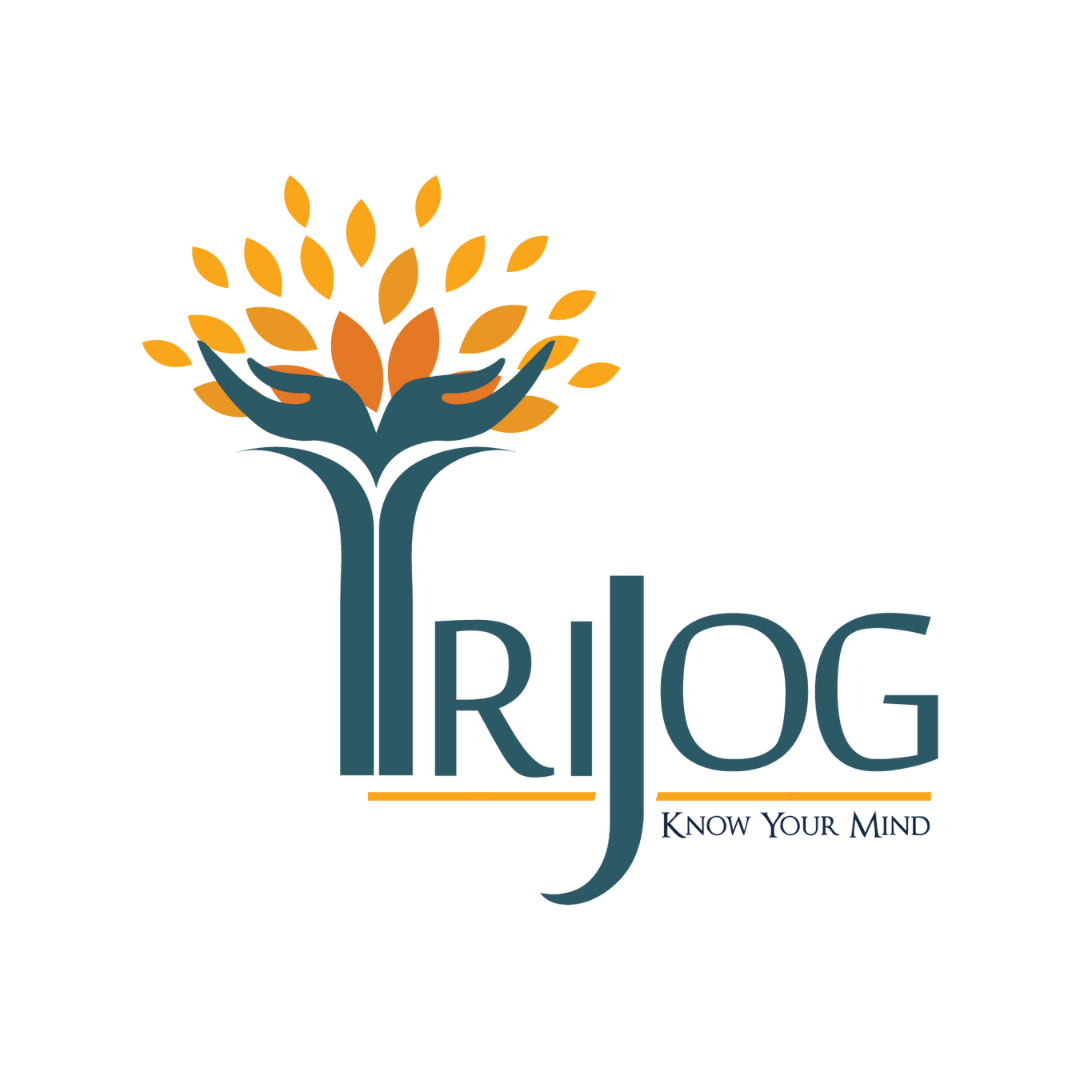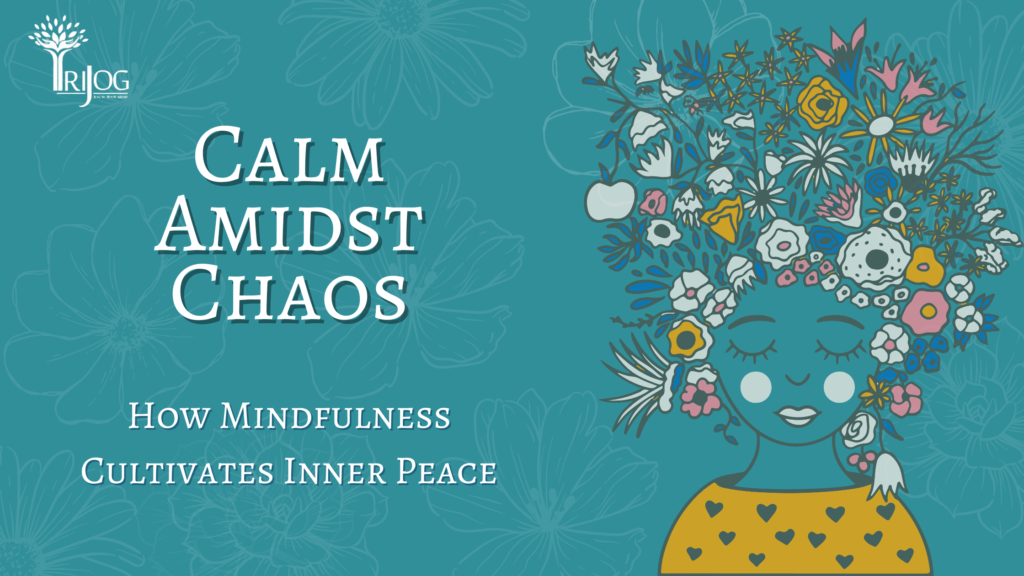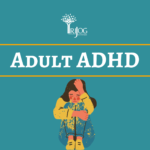What is “Mindfulness”?
We have all heard this term being used ad nauseum, but how many of us actually know what it means? How many of us embody it through our daily routines and activities?
Mindfulness is the practice of being fully present and engaged in the moment, aware of your thoughts, feelings, and surroundings without judgment. It involves paying attention to the present moment intentionally and with an open, curious attitude. This practice can help individuals manage stress, enhance emotional regulation, and improve overall well-being.
Benefits of Mindfulness-Based Techniques for Stress
Reduced Stress and Anxiety: By focusing on the present moment and accepting experiences without judgment, mindfulness reduces the impact of stressors.
Improved Emotional Regulation: Mindfulness helps in recognizing and managing emotions more effectively.
Enhanced Focus and Concentration: Regular practice improves attention and cognitive functioning.
Better Physical Health: Mindfulness can lower blood pressure, improve sleep, and reduce symptoms of chronic pain and illness.
Increased Resilience: Mindfulness fosters a sense of inner calm and resilience, enabling individuals to handle life’s challenges more effectively.
In the hustle and bustle of our hectic routines, we forget to take care of our body and mind. Be mindful, nurture and care for your soul and in doing so, see yourself grow more grounded and relaxed through any and all trials and challenges that come your way.
What is MBSR?
Mindfulness-Based Stress Reduction is an evidence-based program designed to help individuals manage stress, pain, and illness through mindfulness practices. It was developed in the late 1970s by Dr. Jon Kabat-Zinn at the University of Massachusetts Medical Center.
The key components of MBSR include mindfulness meditation, body awareness and homework practices like daily exercises and reflective tasks to inculcate mindfulness in their daily routine.
Here are some mindfulness-based stress management techniques that could help you manage your daily stressors more effectively:
Mindful Breathing
Technique: Sit or lie down in a comfortable position. Close your eyes and bring your attention to your breath. Notice the sensation of air entering and leaving your nostrils, the rise and fall of your chest, or the movement of your abdomen. When your mind wanders, gently bring your focus back to your breath.
Benefit: Calms the mind, reduces anxiety, and anchors you in the present moment.
Body Scan Meditation
Technique: Lie down or sit comfortably. Close your eyes and focus on different parts of your body, starting from your toes and moving up to your head. Pay attention to any sensations, tension, or discomfort in each area without trying to change them.
Benefit: Increases bodily awareness, promotes relaxation, and helps release physical tension.
Mindful Walking
Technique: Walk slowly and deliberately, paying attention to the sensations in your feet and legs as they move. Notice the contact with the ground, the shifting of your weight, and the rhythm of your steps. Practice mindful walking indoors or outdoors, in a quiet place.
Benefit: Reduces mental chatter, promotes physical relaxation, and enhances connection with the environment.
Sitting Meditation
Technique: Sit comfortably with your back straight and hands resting on your lap. Focus on your breath, a mantra, or a specific object. When your mind wanders, acknowledge the thoughts without judgment and gently return your focus to your point of attention.
Benefit: Improves concentration, reduces stress, and enhances emotional regulation.
Loving-Kindness Meditation
Technique: Sit comfortably and close your eyes. Begin by silently repeating phrases such as “May I be happy, may I be healthy, may I be safe, may I live with ease.” Gradually extend these wishes to others, including loved ones, acquaintances, and even those you have conflicts with.
Benefit: Cultivates compassion, reduces negative emotions, and enhances positive feelings towards oneself and others.
Mindful Eating
Technique: Eat slowly and without distractions. Pay full attention to the colors, smells, textures, and flavors of your food. Notice the sensations of chewing and swallowing, and the way your body feels during and after eating.
Benefit: Enhances enjoyment of food, improves digestion, and promotes healthier eating habits.
Three-Minute Breathing Space
Technique: Take a brief pause to focus on your breath. Start by becoming aware of your thoughts, feelings, and bodily sensations. Then, concentrate on your breath for a minute or two. Finally, expand your awareness to your body and surroundings before returning to your activities.
Benefit: Provides a quick reset, reduces immediate stress, and brings a sense of calm.
Mindful Stretching or Yoga
Technique: Engage in gentle stretching or yoga poses while focusing on your breath and bodily sensations. Move slowly and mindfully, paying attention to how each stretch or pose feels.
Benefit: Reduces physical tension, enhances flexibility, and promotes relaxation.
What is important right now?
Technique: As humans, we tend to spend a lot of our time living in the past or worrying about the future. It is important to pause, take 5-10 deep breaths, focus on each in and out breath flowing through your heart, your body and ask yourself at least once in your day – what is important and of utmost priority to me right now? Just focus all your senses, your attention on that. See the results! You’ll be much more in tune with yourself, your surroundings and your present moment.
Benefit: Helps you stay focused on what is most important and of value to you, helps reduce the clutter in your mind, reduces chances of anxiety developing.
Integrating Mindfulness into Daily Life
Routine Activities: Incorporate mindfulness into daily tasks such as washing dishes, brushing teeth, or commuting. Focus on the sensory experiences and the movements involved in these activities.
Pause and Reflect: Take short breaks throughout the day to pause, breathe, and bring your attention to the present moment.
Mindful Listening: Practice active listening by fully focusing on the person speaking, without planning your response or getting distracted.
Journaling: Reflect on your mindfulness practice by writing about your experiences, challenges, and insights. This can deepen your understanding and commitment.
In the event that you feel overwhelmed and in need of additional support, please don’t hesitate to reach out to us and speak to a highly qualified professional who can help you on your journey to a stress-free you.
Contact Trijog First Aiders: 8999243153 / 8422922905





